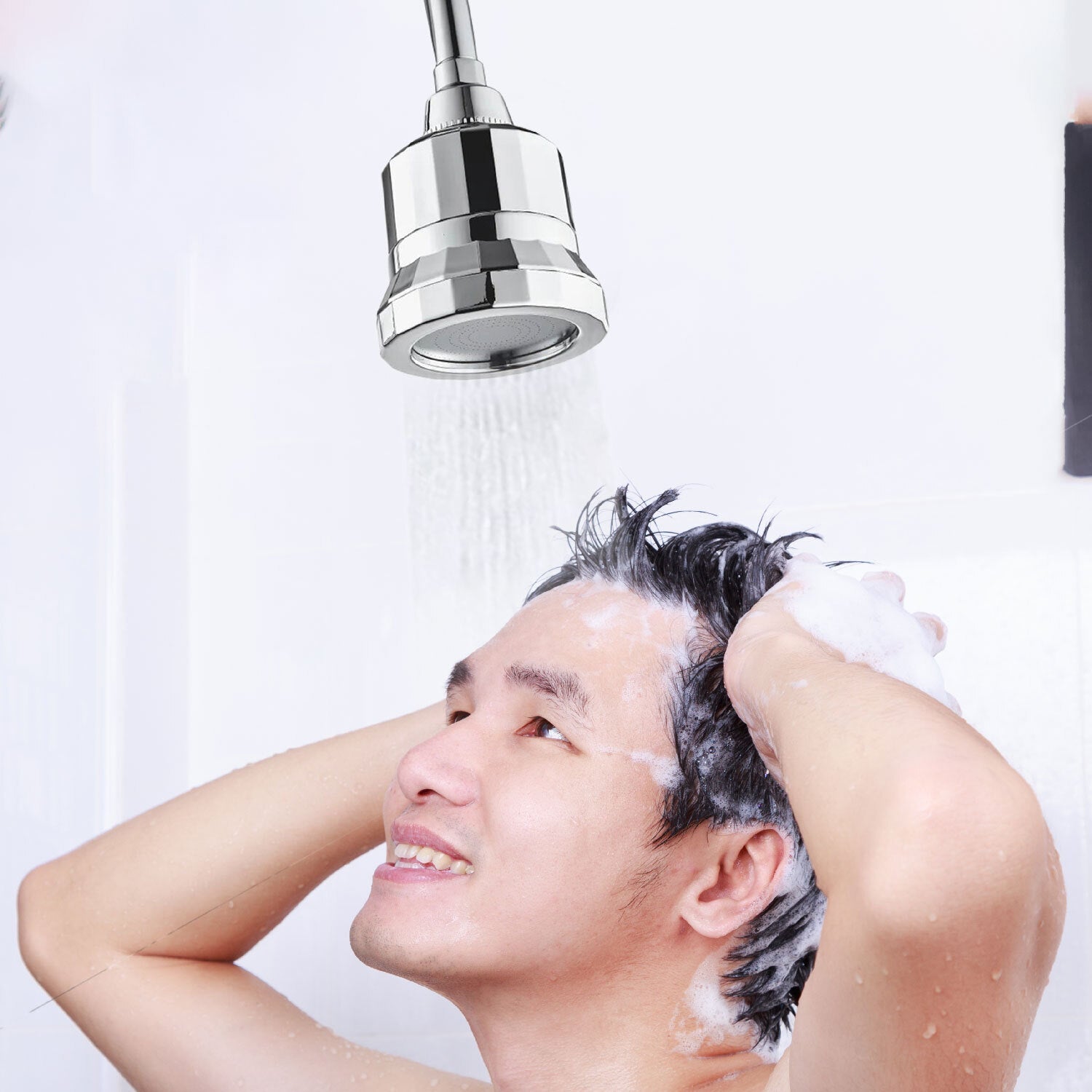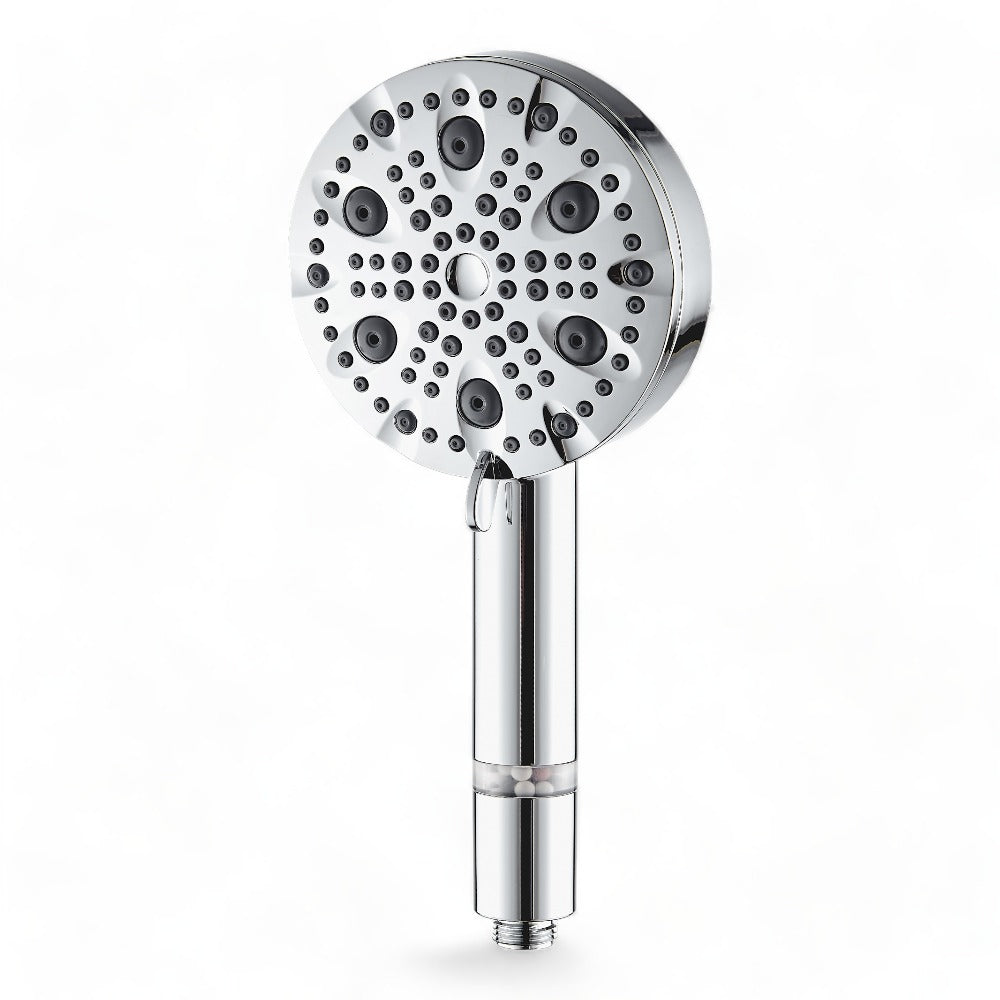Is your morning shower less of an invigorating wake-up call and more of a disappointing trickle? Low shower pressure is a common frustration that can turn a relaxing ritual into a lacklustre experience. The good news is that you don't necessarily have to live with it. Often, there are straightforward solutions to increase shower pressure and restore your shower's performance.
Before diving into fixes, let's diagnose the problem.
Step 1: Is It Just Your Shower or the Whole House?
Turn on the faucets in your bathroom and kitchen sinks. Do they also have noticeably low pressure?
- Low Pressure Everywhere: This suggests a wider issue, possibly with your home's main supply, the water pressure regulator, or widespread plumbing problems.
- Low Pressure Only in the Shower: This points towards a problem specific to the shower itself, like the shower head or the pipes leading directly to it. This is often easier to fix!
Step 2: Easy Fixes for Low Shower Pressure (Often Shower-Specific)
If the problem seems localized to your shower, try these common solutions first:
-
Clean Your Shower Head: Over time, mineral deposits (limescale) and debris can clog the small nozzles on your shower head, significantly reducing water flow.
-
How to Fix: Unscrew the shower head (if possible). Soak it overnight in a bag or bowl filled with white vinegar. Use an old toothbrush or pin to gently scrub away any remaining deposits from the nozzles. Rinse thoroughly before reinstalling.
-
How to Fix: Unscrew the shower head (if possible). Soak it overnight in a bag or bowl filled with white vinegar. Use an old toothbrush or pin to gently scrub away any remaining deposits from the nozzles. Rinse thoroughly before reinstalling.
-
Check the Flow Restrictor: Most modern shower heads contain a small plastic disc called a shower head flow restrictor. Its purpose is water conservation, but sometimes it can overly restrict flow or become clogged.
-
How to Fix: Unscrew the shower head from the shower arm. Look inside the threaded end for a small plastic or rubber O-ring, often holding the restrictor in place (it might be colourful). Carefully pry out the O-ring and the restrictor using tweezers or a paperclip. Note: Check local regulations, as removing flow restrictors might be prohibited in some areas due to water conservation mandates. Reassemble and test.
-
How to Fix: Unscrew the shower head from the shower arm. Look inside the threaded end for a small plastic or rubber O-ring, often holding the restrictor in place (it might be colourful). Carefully pry out the O-ring and the restrictor using tweezers or a paperclip. Note: Check local regulations, as removing flow restrictors might be prohibited in some areas due to water conservation mandates. Reassemble and test.
-
Inspect the Handheld Hose (If Applicable): If you have a handheld shower head, ensure the hose isn't kinked, twisted, or damaged, as this can restrict water flow. Straighten any kinks. If the hose is old or damaged, replacing it might help.
-
Ensure Valves Are Fully Open: While less common for shower-only issues, double-check that any shut-off valves specifically controlling the shower (sometimes accessible behind an access panel) are fully open. Also, confirm your home's main water valve is fully open.
Step 3: More Advanced Solutions to Boost Shower Pressure
If the easy fixes don't work, or if you have house-wide low pressure, consider these options:
-
Install a High-Pressure Shower Head: These shower heads are specifically designed to maximize the existing water pressure. They often use compression or oscillation technology to make the water feel more powerful, even if the actual flow rate isn't drastically increased. This is often the most effective single upgrade for improving the sensation of pressure.
-
Check Your Water Pressure Regulator: Many homes have a water pressure regulator where the water main enters the house. It prevents high pressure from damaging pipes and appliances. Sometimes, these regulators are set too low or can fail over time.
-
How to Fix: You can buy a water pressure gauge to test the pressure at an outdoor spigot (ideal is usually 45-60 PSI). Adjusting or replacing a regulator often requires a plumber.
-
How to Fix: You can buy a water pressure gauge to test the pressure at an outdoor spigot (ideal is usually 45-60 PSI). Adjusting or replacing a regulator often requires a plumber.
-
Consider a Water Pressure Booster Pump: If your home suffers from chronically low municipal water pressure, a water pressure booster pump system can be installed. This electronically pumps water to increase pressure throughout your house.
-
How to Fix: This is a significant plumbing job requiring professional installation and investment.
-
How to Fix: This is a significant plumbing job requiring professional installation and investment.
-
Investigate Plumbing Issues: Old, corroded galvanised pipes or hidden leaks can significantly reduce water pressure. If you suspect plumbing issues, especially in an older home, it's time to call a professional.
Step 4: When to Call a Plumber
Don't hesitate to call a licensed plumber if:
- The simple DIY fixes don't solve the problem.
- You suspect house-wide pressure issues related to the regulator or main supply line.
- You discover leaks or signs of corrosion in your pipes.
- You're uncomfortable performing any of the adjustments or installations yourself.
Conclusion
Suffering through a weak shower doesn't have to be your reality. By systematically checking potential culprits, from a simple clogged shower head to your home's main water pressure, you can often identify and fix low water pressure issues. Whether it's a quick clean, removing a shower head flow restrictor, or investing in a high pressure shower head, taking steps to increase shower pressure can dramatically improve your daily routine. Enjoy that powerful, refreshing shower you deserve!





